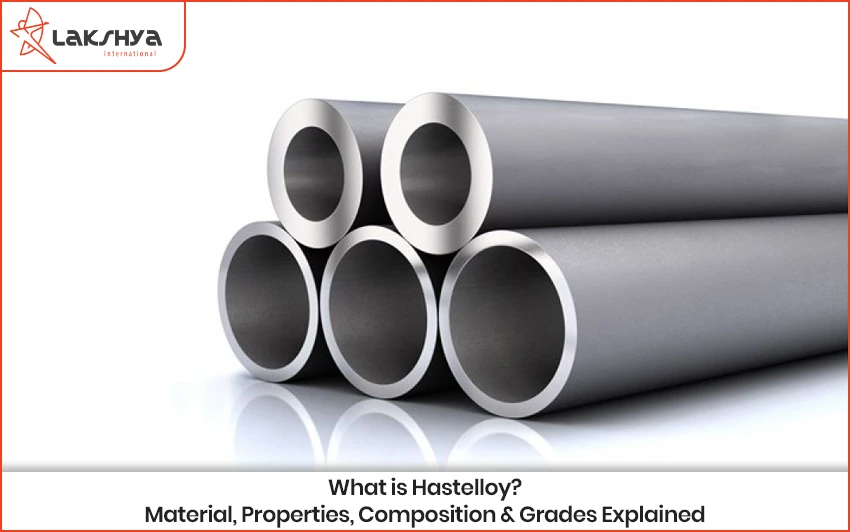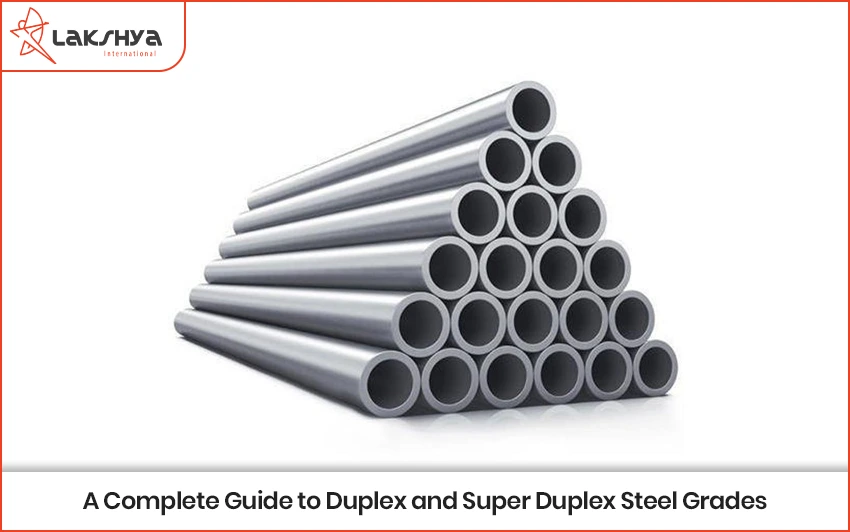Gaining a comprehensive understanding of the Diffrence between AISI 316 (American Iron and Steel Institute) and SS 316 (Stainless Steel 316) stainless steel alloys holds immense significance for individuals engaged in engineering or manufacturing endeavors. Through this blog post, we aim to delve into the commonalities and disparities present in these two alloys, empowering you to make an informed choice when it comes to selecting the ideal stainless steel alloy for your upcoming project.
Difference Between AISI 316 and SS 316
AISI 316 and Stainless Steel 316 are both austenitic stainless steel sheets that share common elements such as chromium, nickel, and molybdenum. The primary differentiation lies in the higher chromium content found in AISI 316, along with its slightly elevated carbon levels compared to SS 316.
Chemical Composition of AISI 316 and SS 316
When considering the chemical composition, AISI 316 and SS 316 exhibit notable similarities with slight distinctions. These alloys encompass approximately 16-18% chromium, 10-14% nickel, and 2-3% molybdenum, accompanied by trace amounts of manganese, silicon, sulphur, phosphorus, nitrogen, aluminium, and titanium. However, it is vital to consult the manufacturer to obtain precise information regarding the composition of each alloy. This ensures that the chosen alloy aligns with your specific requirements and guarantees suitability for your intended applications.
Mechanical Properties of AISI 316 and SS 316
When assessing mechanical properties like tensile strength, yield strength, flexibility, and elongation at the break, AISI 316 and SS 316 display striking resemblances. However, a key differentiation emerges with SS 316 boasting a slightly higher chromium content, resulting in enhanced corrosion resistance within certain environments. Notably, both alloys showcase exceptional workability for cold forming and machining, rendering them well-suited for diverse applications.
Properties of AISI 316 and SS 316
AISI 316 is known for its high strength, excellent corrosion resistance, weldability, and formability. Likewise, SS 316 has high strength, strong corrosion resistance, weldability, and formability.
Applications of AISI 316 and SS 316
Food processing machinery, chemical processing equipment, maritime applications, and paper mills all use AISI 316. In addition to these applications, SS 316 is prevalent in power plants.
Advantages of AISI 316 and SS 316
AISI 316 holds an advantage over SS 316 due to its higher chromium content, which grants superior corrosion resistance. Moreover, AISI 316’s higher carbon content contributes to enhanced strength at elevated temperatures.
Disadvantages of AISI 316 and SS 316
The main drawback of AISI 316 lies in its higher cost compared to SS 316. Additionally, AISI 316’s higher carbon content increases its susceptibility to intergranular corrosion.
Conclusion:
In general, both AISI316 and SS 316 stainless steel offer exceptional suitability for a wide range of applications, including automotive components, kitchen appliances, and medical instruments. Their comparable chemical compositions and mechanical properties make them reliable choices. However, the crucial divergence lies in their corrosion resistance. SS316 outperforms AISI316 in specific environments due to its higher chromium content, providing superior protection against corrosion. By gaining a comprehensive understanding of the similarities and distinctions between these alloys, you can confidently select the ideal stainless steel option for your upcoming project.




